Science is everywhere—in the rustling leaves, bubbling pots on the stove, and even the stars twinkling above. Helping your kids fall in love with science doesn’t require fancy equipment or elaborate experiments. With a little curiosity and creativity, you can make science an exciting part of everyday life for your kiddos…and for you too!.
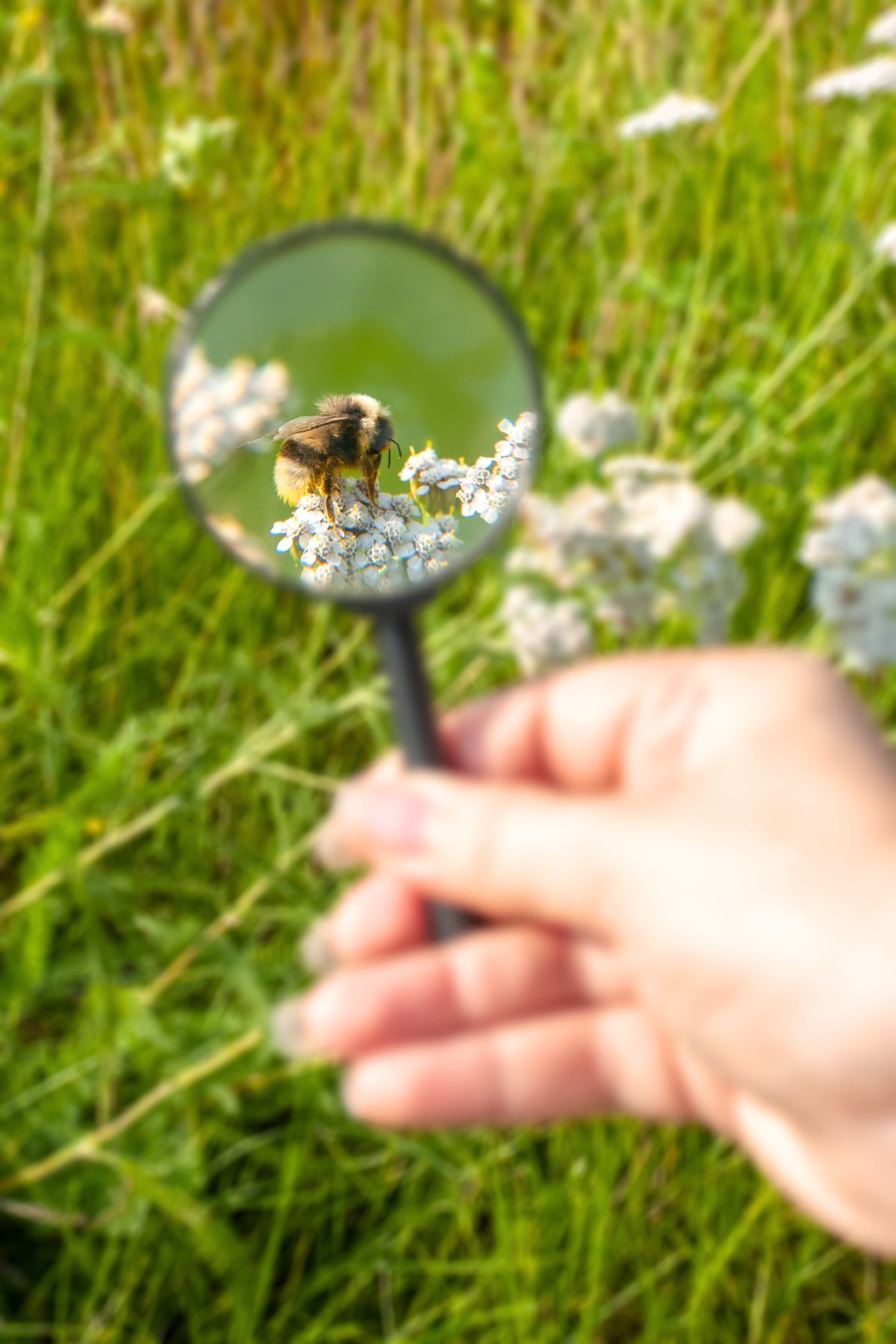
Children are naturally curious about the world, and science is the perfect way to nurture that curiosity. By incorporating simple, everyday activities into your routine, you’ll help them see the magic in the everyday.
My love of science started by seeing the world around me and asking my mom and dad about what I was seeing. Why is the moon so big when it’s low and smaller when it’s high? Why is that bug green? Ad infinitim! My mom and dad were always patient.
We spent a lot of time in the garden following bugs or looking at plants or at the kitchen table looking at National Geographic and the World Book Encyclopedia. Seeing the wonder of the natural world made me want to learn more and I’ll bet it will do the same for your kiddos too!
Help Your Kids Love Science

Observe the World Around You
Science begins with curiosity, and observation is its first step. Encourage your child to take a closer look at the world around them.
- In the backyard or park – Hand your child a magnifying glass and explore the details of leaves, tree bark, or insects. Ask questions like, “Why do you think this bug has such long legs?” or “What patterns do you see on this leaf?”
- At the kitchen table – Slice open fruits and vegetables to observe their seeds and textures. Compare how different foods smell, feel, and look. Talk about why some foods have seeds inside while others don’t.
- On a walk – Challenge your child to spot and describe five things they’ve never noticed before, like the cracks in a sidewalk or the sound of birds calling.
- At Night – Go outside at night with your kiddo and just look at the moon and stars. Take some time to read about the night sky for that date and share what you learned. EarthSky is a great resource for all things stargazing.
By modeling curiosity, you’ll tap into your child’s natural desire to learn. Feed that wonder even a little bit and soon they’ll be pointing out fascinating things to you.
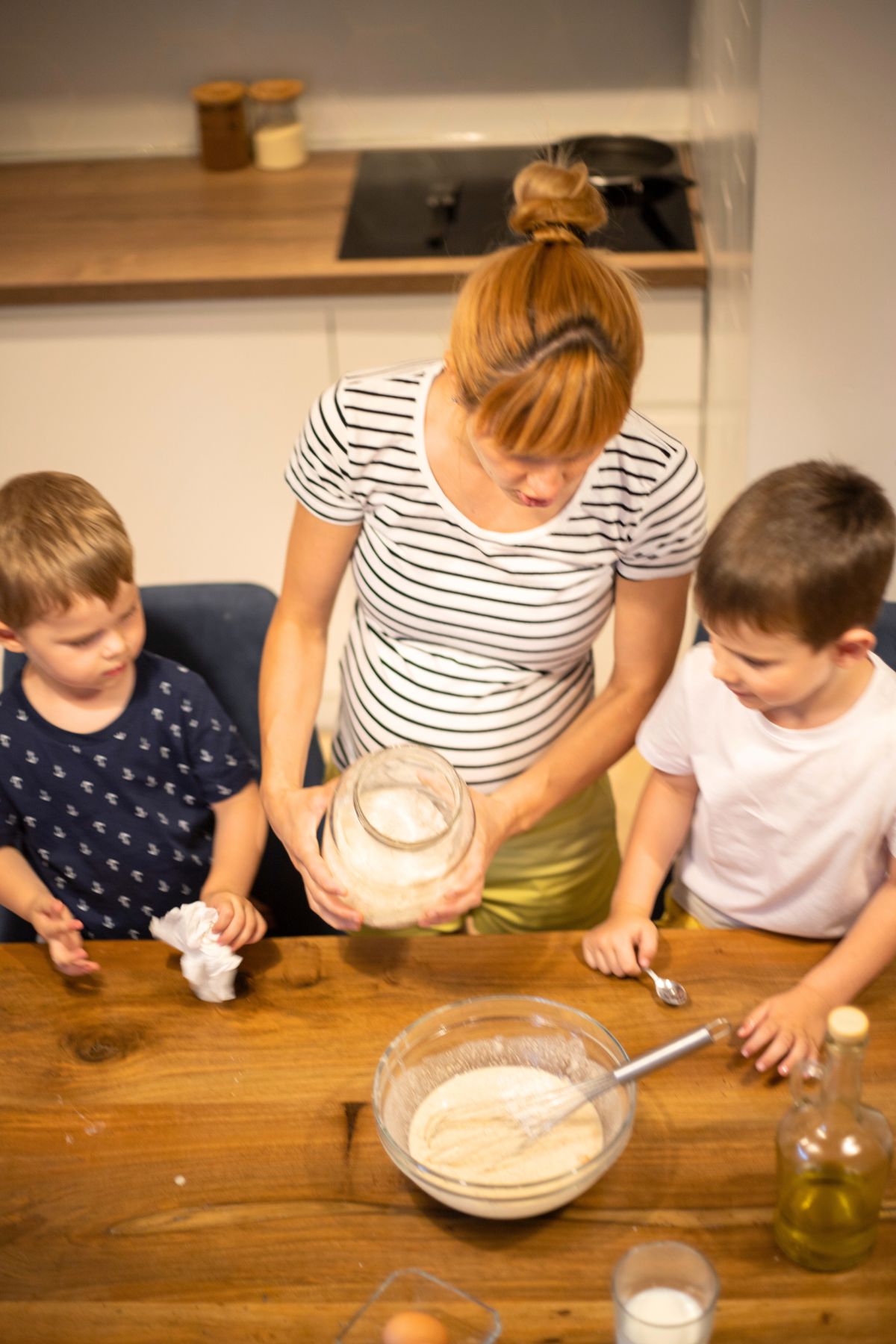
Experiment As You Go
Experimenting is one of the most exciting ways to experience science. With a few simple tweaks to daily routines, you can help your child test hypotheses and discover cause-and-effect relationships.
- In the kitchen – Make pancakes and experiment with adding more or less baking powder. How does it affect the fluffiness? Freeze water in containers of different shapes to see how freezing time changes.
- With toys – Build ramps for toy cars and experiment with different surfaces. Ask your child, “Which surface makes the cars go faster, and why?”
- In the garden – Plant seeds in different spots—sunny versus shady, dry versus moist soil—and track which ones grow better.
Encourage your child to make predictions and record their thoughts and results in a science notebook. Not only does this teach the scientific method, but it also strengthens their math and writing skills.
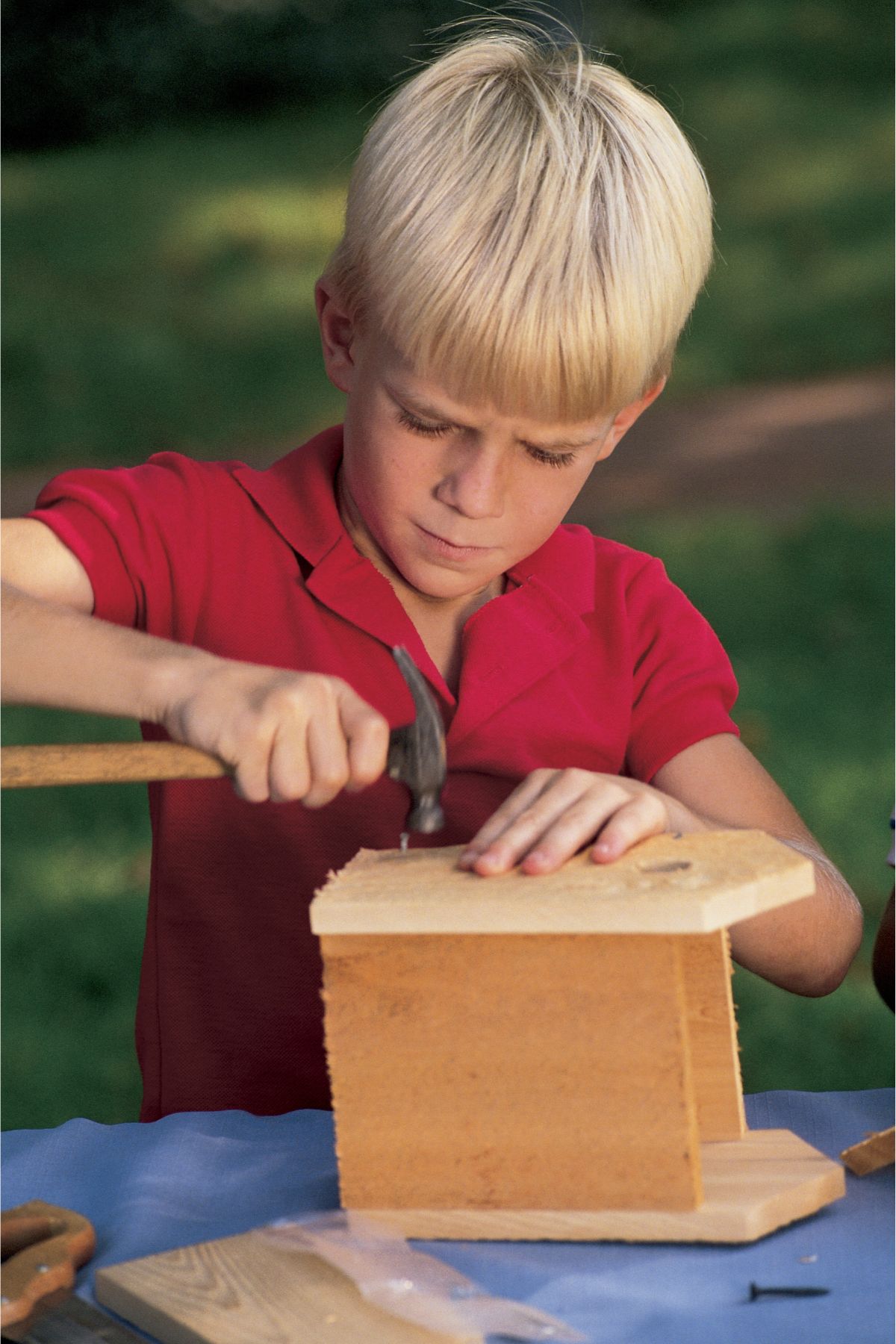
Engineer Solutions to Everyday Problems
Engineering is all about problem-solving, and it’s something kids can do with basic materials and big imaginations. Present them with challenges they can solve using items you have at home.
- Challenge: Design a bird feeder – Use wood or recycled materials like milk cartons or plastic bottles. Talk about how the design might attract or deter certain birds.
- Challenge: Build a bridge – Give your child toothpicks and marshmallows or craft sticks and glue, then ask them to build a bridge that can hold the weight of a small toy.
- Challenge: Stop a flood – Use containers, foil, or even mud to design a barrier that can block water from spreading across a tabletop.
If their first attempts don’t work, encourage them to change their designs and try again. This builds resilience and creative thinking.
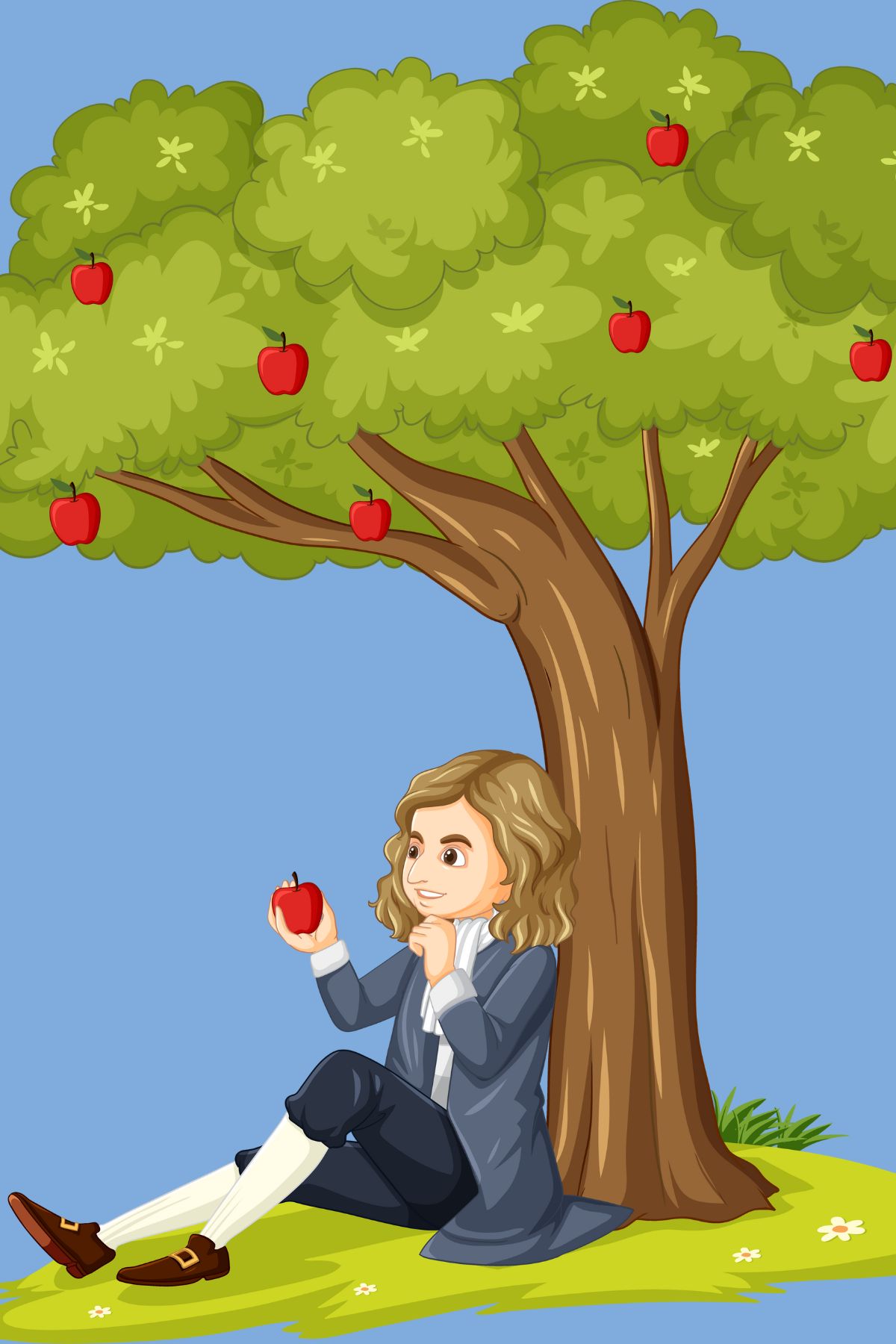
Read About Science and Scientists
Books are a wonderful way to introduce children to scientific concepts and inspire them with stories of discovery. Visit your local library or explore online resources to find engaging science books.
- For curious minds – Check out picture books by Gail Gibbons or Joanna Cole, which explain complex topics in kid-friendly ways.
- For budding biologists – Jim Arnosky’s nature books are filled with beautiful illustrations and intriguing facts about wildlife.
- For inspiration – Read biographies of famous scientists like Marie Curie, George Washington Carver, or Albert Einstein. Talk about their challenges and achievements to show that science is a journey of discovery.
Pair reading with hands-on activities. For example, after reading about bees, try making a simple honeycomb model or observing bees in the garden. You never know. You might just have a budding scientist on your hands!
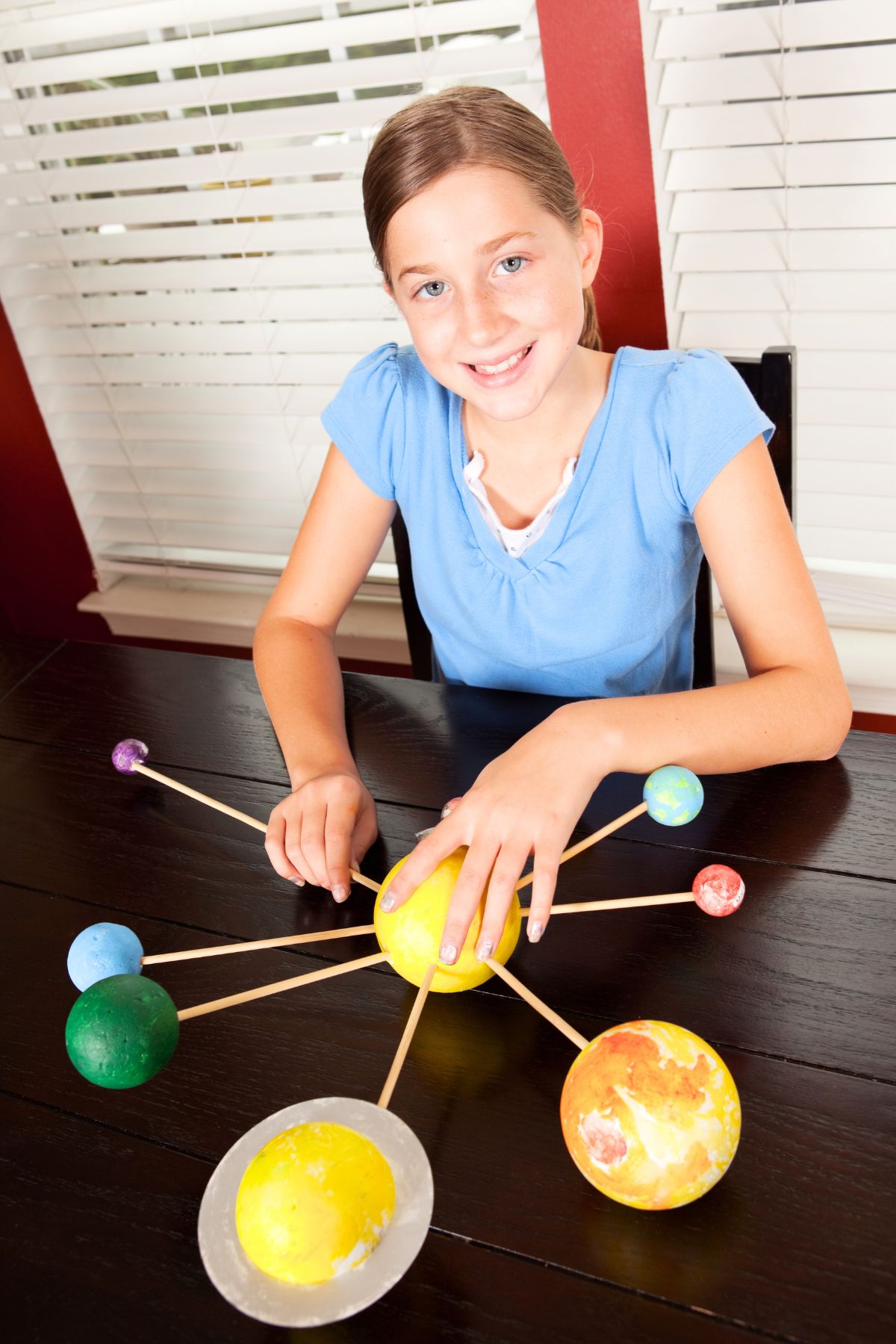
Build Models
Building models is a fantastic way to bring science concepts to life. It’s hands-on, engaging, and adaptable to different interests and skill levels.
- Solar system model – Use foam balls and paint to recreate the planets. Discuss their relative sizes and distances from the sun.
- Volcano experiment – Build a volcano out of clay or papier-mâché, then make it erupt using baking soda and vinegar.
- Animal habitats – Create dioramas using shoeboxes and craft supplies to show where different animals live and why.
These projects can be customized to include art, math, or even storytelling. Take advantage of the project to give them a well-rounded learning experience.
More Great STEM Content for Your Kiddos!
- How to Make the Most of a Day Trip with Your Child
- Fun and Tasty Moon Activities for Kids
- How to Raise Kids Who Love Science
- Is My Child Gifted?
- Fun with Rockets
- How to Raise Kids Who Love Math
PIN THIS FOR LATER
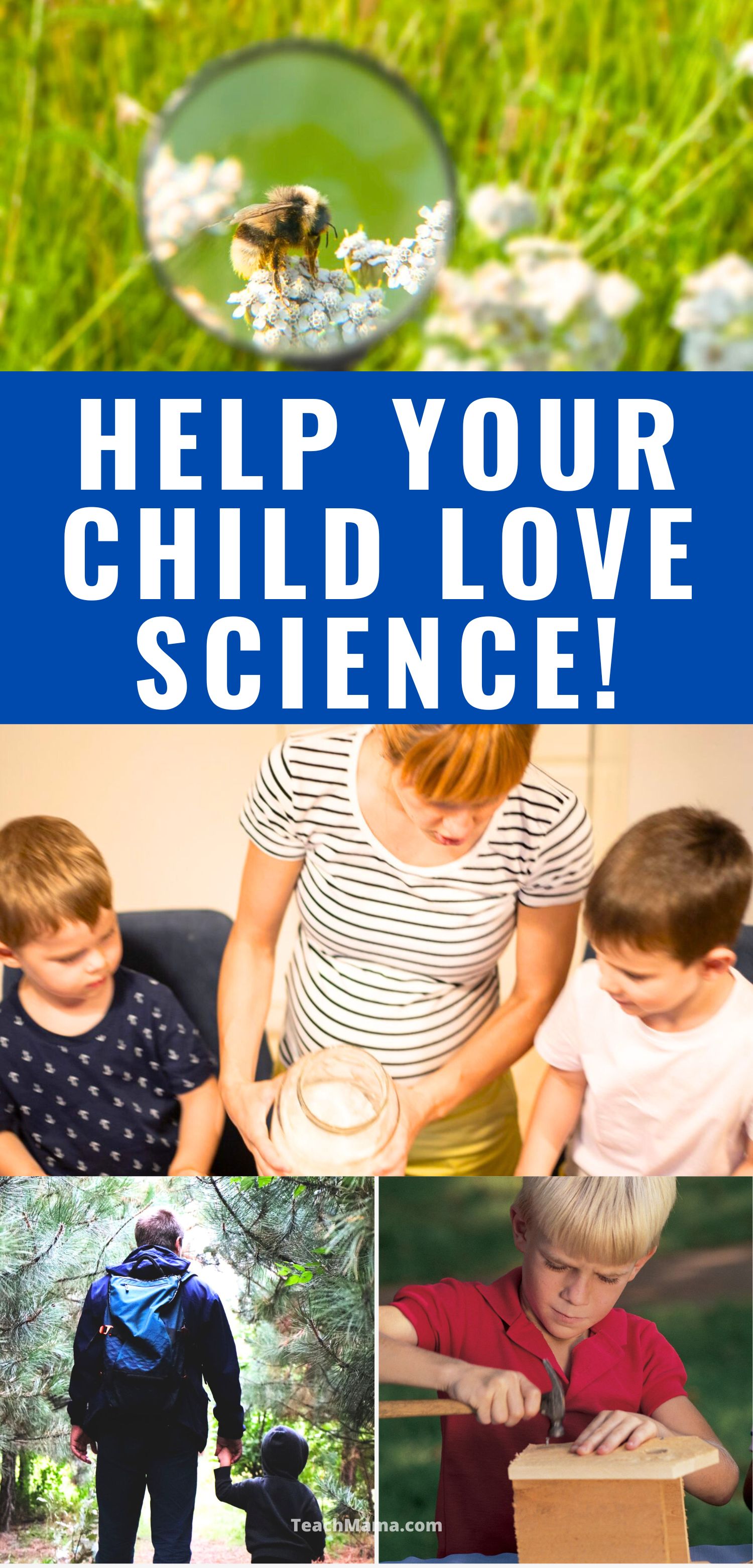

I have a 5-year-old and it’s so fun to see how interested they are in the world around them, even the everyday things we don’t even think about! These are great ideas for encouraging that curiosity!
Thank you for sharing this!!